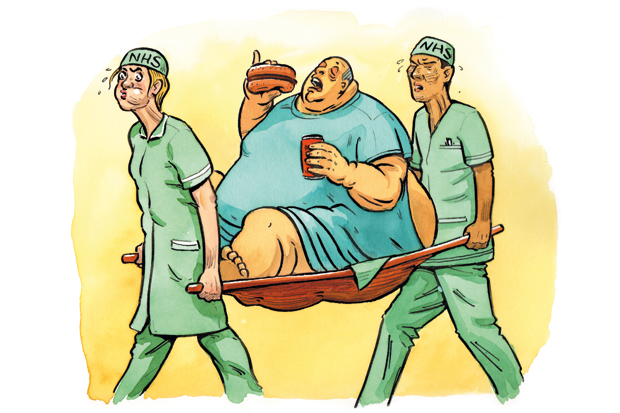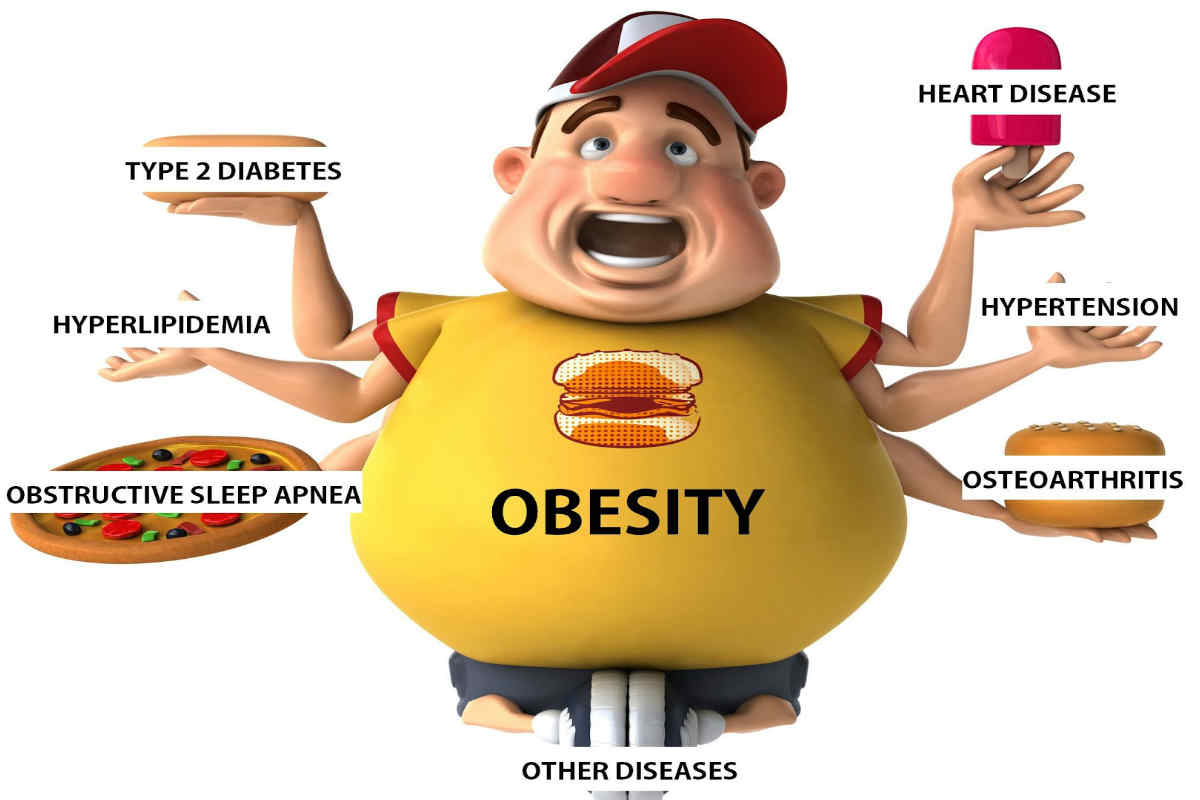10 Foods That Fight Visceral Belly Fat

1 In 1947, French professor and physician Jean Vague first reported in a French medical journal clinical observations that patients with a host of health issues (e.g., hypertension, gout, diabetes) were not necessarily more obese than his patients without such complications.
Despite not having access to sophisticated tools, Vague identified two different body shapes representing two distinct ends of the obesity spectrum:
• Android obesity, which refers to excess fat stored preferentially in the trunk/upper body area. It’s this pattern of fat storage that Vague identified being closely associated with diabetes and heart disease.
• Gynoid obesity, which refers to preferential fat storage in the hips and thighs.
This is frequently described as female obesity, and it is less associated with the complications of android obesity.

Android and gynoid obesities have also been commonly referred to as “apple and pear shape” obesities, respectively, in the lay press and media. About 10 years later, Vague went on to summarize his work in paper published in English in the prestigious journal The American Journal of Clinical Nutrition.
2 Vague’s work was met with intense
skepticism by the medical community. Fast forward decades later, Vague’s seminal contribution is now finally being recognized, and hundreds of studies now support the notion that body fat storage patterns (i.e., body fat topography) is a critical indicator of cardiometabolic health.
The mid-1980s are considered a “renaissance” period during which time body fat distribution truly became the focus of interest of obesity researchers.
For instance, a group of researchers from Sweden reported that body fat topography and body shape were key factors related to metabolic complications. They also reported, for the first time, that the ratio of abdominal waist over hip circumferences (i.e., waist-to-hip ratio, WHR) was a simple index of body fat distribution. Along those lines, they reported that an increased WHR (i.e., android obesity) was predictive of coronary heart disease. They also went on to report that men with a high proportion of body fat were at a significantly greater risk for the development of diabetes.
3–6
During this time, Ahmed Kissebah and his team from the University of Wisconsin in
Milwaukee published several papers that were fully in line with the observations of the Swedish researchers showing that the proportion of abdominal belly fat, estimated using the WHF, was predictive of metabolic abnormalities increasing the risk of both type 2 diabetes and cardiovascular disease.
These two research groups led the field of obesity research providing early evidence that body fat storage patterns (assessed by simple methods such as WHR) were a key predictor of metabolic abnormalities and health risks.

7 Despite an explosion in obesity research and tremendous advances in technology, the problem has only gotten worse. In a study jointly conducted in 2010, the International Association for the Study of Obesity (IASO) and the International Obesity Task
Force (IOTF) estimated that approximately 1.5 BILLION people across the globe are
overweight, with over 475 million obese adults.
8 According to the World Health Organization (WHO), the prevalence of overweight and obesity has further increased since the IASO/IOTF report was published just a few short years ago. In fact, the WHO reports that, in 2014, over 1.9 BILLION folks across the world are overweight, with over 600 million of those folks being classified as obese.
9 That’s over a 25% increase in obesity in less than 5 years!
According to data from the National Health and Nutrition Examination Survey, 2 out of every 3 adults in the United States are overweight or obese, and over one-third of the adult population is obese.
10 In general, obesity is a substantial, independent risk factor for cardiovascular disease, and it’s associated with diabetes, high blood pressure, sleep apnea, and a host of metabolic issues.
11 Research has shown that storing excess visceral belly fat, referred
to as abdominal obesity, is associated with a constellation of metabolic alterations and health conditions including 7,12,13:
• Insulin resistance and type 2 diabetes
• High triglycerides (e.g., high VLDL1 and VLDL2)
• Low levels of large HDL2 particles (the so-called “good” cholesterol)
• High levels of small, dense LDL particles (small, dense particles are considered
more detrimental than large, fluffy particles15)
• High levels of apolipoprotein B (which is considered a better predictor of
cardiovascular risk than the more commonly used LDL
Cardiovascular disease
• Hypertension
• Certain cancers
• Sleep apnea
• Metabolic syndrome
• Unhealthy levels of inflammation
• Leptin resistance
Next Blog
Just to recap. Today we looked at visceral fat and statistical studies and some history around obesity. We see that obesity has worsened with all the helpful research. We examined various negative and positive effects of obesity (there are none positive if you did not know or were wondering).
Tomorrow I will do a continuation of this health topic from where I left off today. I will link that one back to this for whosoever wishes to re-read the first part.
Remember that health is why we live and to be healthier you might want to follow me. Don't forget to hit that upvote 100% because if it isn't for you guys I would not be blogging today.
Until next time...
Your boy @thelifestyler saying Peace❗

@alchemage has voted on behalf of @minnowpond. If you would like to recieve upvotes from minnowponds team on all your posts, simply FOLLOW @minnowpond.
This post was resteemed by @resteembot!
Good Luck!
Curious? Check out:
The @resteembot users are a small but growing community.
Check out the other resteemed posts in resteembot's feed.
Some of them are truly great.